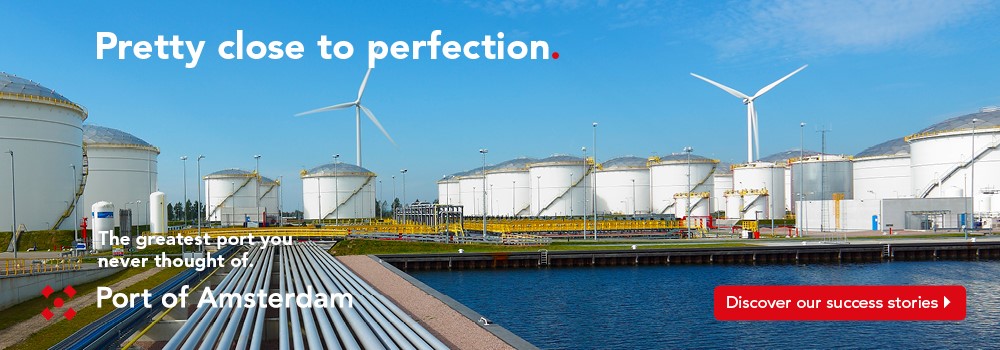Dover – ready to welcome customers into the future
The UK’s planned departure from the EU has changed the way people think about the logistics industry and supply chains. Never has there been more public scrutiny on trade and the efficient movement of goods.
What has not changed is the ability of one port, two ferry operators and a fleet of 12 dedicated ferries to be capable of handling up to 10,000 lorries a day – a 180km trade expressway. Neither will geography change and Dover will remain the only place from which such a fleet can achieve up to 120 ferry movements a day, where each ferry is berthed, unloaded, re-loaded and heading back to France in as little as 45-50 minutes on the shortest sea crossing. With the French coast often in full view, this finely tuned engine simply cannot be matched in terms of capacity or speed.

Of course, external factors such as border controls may slow things down, but they will do that at every EU-facing gateway across the country. “What makes Dover different is that it has the experience of how to deal with major disruption and find a way through – nowhere else has this experience,” the port said.
“That is why within a few days of the last significant incident of Operation Stack in the infamous summer of 2015, Dover was once again handling record volumes. During the course of any year, the Port of Dover manages smaller disruptions through our continuing professional approach. Dover has stood the test of time.”
The entire operating system – the Port and its infrastructure, border controls and ferry operations – is designed around the fast paced, seamless movement of traffic. With the growth in volumes, it is a strong indication that people want to continue to take advantage of the Port of Dover and its ferry partners. The Government understands this and the Port has been working closely with its Border Delivery Group for some time, a cross-Government group coordinating Brexit planning across Whitehall and with a firm remit to keep traffic flowing across the Channel.
Preparation is key. Beyond the existing close coordination with the Port and its ferry partners, it will be essential that the UK Government and its agencies as well as the European Union and its Member States expedite the provision of necessary information to the logistics community in order that it has what it needs to plan for and prepare the required documentation in advance of lorries arriving at ports.
Kasper Moos, Managing Director of DFDS in Dover, said: “We have been preparing for a wide range of scenarios for some time along with the port and our partners. We have adapted our IT systems and are building customs expertise so we can offer customs and other services to our customers to help mitigate any effect. We are now intensifying work to ensure those customers are preparing for any new border processes in order to protect their business and keep people and goods flowing through this vital trade route.”
David Stretch, P&O Ferries’ Managing Director – Short Routes, said: “As long as there are goods and people travelling between the UK and Europe, P&O Ferries will continue to provide a comprehensive ferry and logistics service to and from the continent. We have been working with the authorities on detailed preparations to support our operation at Dover which, along with our ports on the east coast of England, will continue to give customers a range of options for connecting with Europe under every scenario.”
Doug Bannister, the Port’s new Chief Executive, said: “Throughout the Brexit debate, what people have been desiring is certainty. Uncertainty is continuing, but we are prepared. We will continue to manage our infrastructure professionally and our team stands ready to handle whatever comes our way. We look forward to welcoming customers on 29th March, 30th March and far into the future.”
For more information visit www.doverport.co.uk
21st January 2019

















